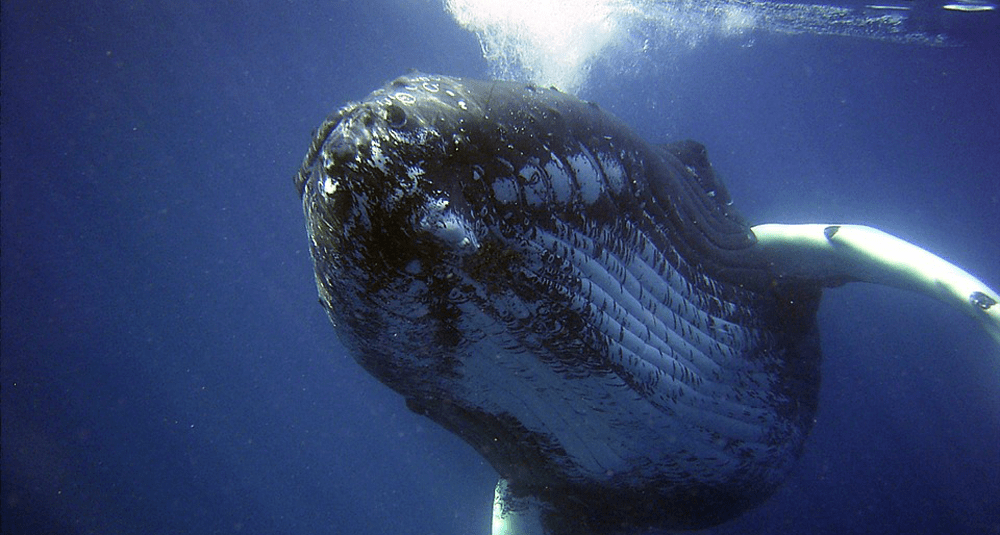Are marine mammals endothermic or ectothermic?
Last Updated:
Marine mammals, like terrestrial mammals, are endothermic animals, meaning they regulate their own body temperature independently of that of their environment. This means they produce metabolic heat to maintain a constant internal temperature, a mechanism vital to their survival, particularly in the often cold aquatic environments in which they live.
An endothermic animal is able to maintain a stable body temperature through its own internal heat production. This phenomenon is based on an active metabolism, where the energy produced by digesting food is largely used to maintain an ideal internal temperature, generally around 36 to 38°C in mammals.
Conversely, ectothermic animals (such as reptiles and fish) depend on external temperature to regulate their body heat. Their activity is therefore largely influenced by climatic conditions.
Marine mammals, such as dolphins, whales, seals, sea lions and manatees, live in aquatic environments that are often cold, even icy, like polar waters. Water has a much higher thermal conductivity than air, which means it rapidly dissipates body heat. Without an efficient regulation system, these animals would lose heat too quickly to survive.
Thanks to their endothermy, they can stay active, dive deep, swim long distances, reproduce and hunt efficiently in extreme conditions. It’s a fundamental asset in their way of life.
To support their thermal regulation, marine mammals have several remarkable anatomical and physiological adaptations:
- A thick layer of fat, called blubber, located under the skin. It acts as a thermal insulator, but also as an energy reserve;
- A specialized circulatory system, with a network of blood vessels to reduce heat loss from the extremities of the body (fins, tail…);
- A high basic metabolism, enabling them to continuously generate heat by oxidizing nutrients;
- Efficient breathing, with lungs capable of absorbing large quantities of oxygen, which promotes the active metabolism required for endothermy.
These combined mechanisms enable marine mammals to live in very cold waters without their internal temperature dropping dangerously.
Another crucial advantage of endothermy concerns reproduction and the development of young. Marine mammal babies, such as baby seals or cetaceans, are born without the ability to regulate their temperature effectively. This is why they depend on their mother’s fat-rich milk and body heat to survive. Endothermics therefore enable effective parental care, increasing newborns’ chances of survival.
Global warming and ocean pollution can disrupt the thermal regulation mechanisms of marine mammals. Melting ice, changes in ocean currents and the disappearance of their habitats affect the ability of these species to maintain their natural thermal balance.
Some marine mammals, such as polar bears and narwhals, are particularly vulnerable, as their way of life is closely linked to a cold, stable environment. Protecting their habitat also means guaranteeing their ability to remain endothermic and functional in their natural environment.
Marine mammals are endothermic, meaning they produce their own body heat to maintain a constant temperature. This characteristic, essential to their survival, enables them to live in cold marine environments, remain active and ensure the development of their young. Thanks to a series of remarkable evolutionary adaptations, they embody the complexity and resilience of life in the oceans.
You may also be interested in
nature

Are marine mammals endothermic or ectothermic?
Answer
Marine mammals are endothermic, producing their own body heat and maintaining a stable internal temperature, even in cold waters.